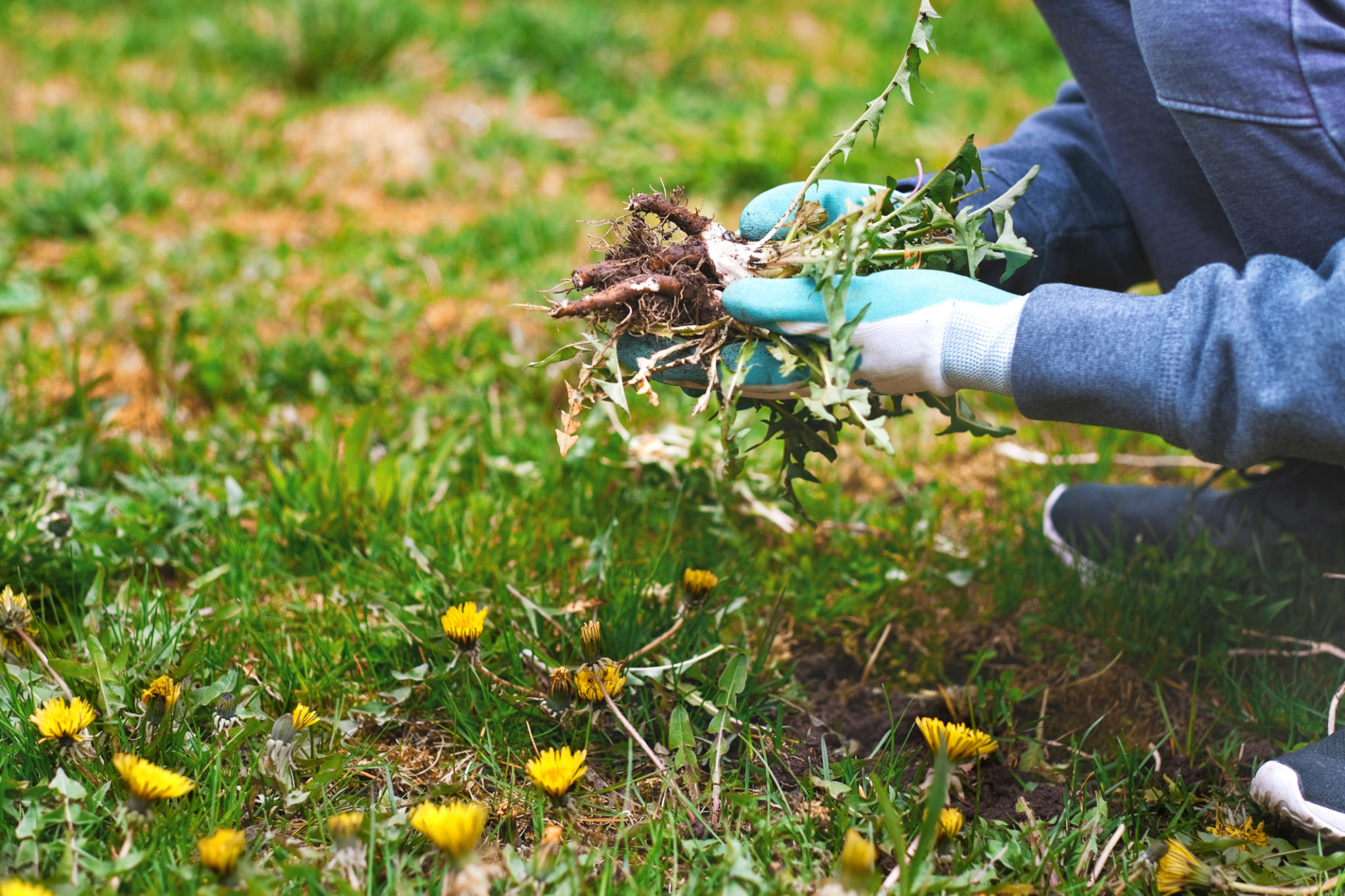How to Prepare Your Home for Texas Hurricanes: Construction Tips
Understanding the Threat of Hurricanes
Living in Texas means being prepared for hurricane season, which typically runs from June to November. These powerful storms can cause significant damage to homes and property. It's crucial to take proactive steps in reinforcing your home to withstand strong winds and heavy rain.
One of the first steps is to understand the specific risks in your area. Coastal regions are more vulnerable to flooding, while inland areas may experience high winds. Knowing what to expect can help in tailoring your preparations effectively.

Strengthening Your Home's Structure
Reinforce Doors and Windows
Doors and windows are often the most vulnerable parts of a home during a hurricane. Consider installing storm shutters or impact-resistant glass to protect against flying debris. For doors, ensure they have at least three hinges and a deadbolt lock that extends at least one inch.
Secure the Roof
Your roof is another critical area that needs attention. Use hurricane straps or clips to help secure your roof to the rest of the house. It's also wise to inspect your roof for loose or damaged shingles and repair them promptly.

Yard and Exterior Preparations
Trim Trees and Shrubs
Overgrown trees and shrubs can become dangerous projectiles during high winds. Regularly trim trees and shrubs around your home to minimize this risk. Pay special attention to dead branches and those close to power lines.
Additionally, secure any outdoor furniture, decorations, or equipment that could be lifted by the wind. Store these items indoors if possible, or tie them down securely.

Check Drainage Systems
Proper drainage is essential to prevent water from pooling around your home. Ensure that gutters and downspouts are clean and free of debris. Consider installing additional drainage solutions like French drains if necessary to manage excess water effectively.
Investing in Long-term Solutions
Beyond immediate preparations, consider investing in long-term solutions that enhance your home's resilience. This could include elevating your home if you're in a flood-prone area or investing in a backup generator to maintain power during outages.

Finally, it's essential to review your home insurance policy to ensure it provides adequate coverage for hurricane-related damages. Make any necessary adjustments well before the storm season begins.
Conclusion
Preparing your home for Texas hurricanes requires a combination of short-term actions and long-term investments. By reinforcing your home's structure, securing the exterior, and ensuring adequate insurance coverage, you can significantly reduce the potential damage from these powerful storms.
Stay informed, stay prepared, and remember that taking action today can protect your home and loved ones in the future.